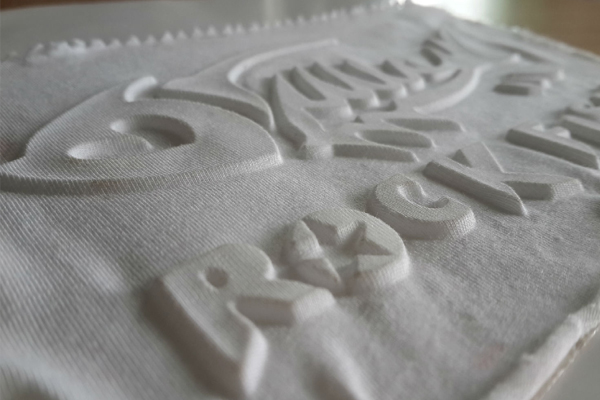Application of thermal transfer technology in clothing
From the early 1960s, its predecessor was chemical fiber fabric as an experimental carrier for thermal transfer printing. With the further development of science and technology, thermal transfer technology has gradually penetrated into more fields, from the initial textile printing to metal, plastic and other materials, from airplanes to sturdy irregular objects.
After that, thermal transfer technology has been developed in more detail. Single-piece to garment thermal transfer, such as: thermal transfer, sublimation transfer, digital thermal transfer, etc.
Due to space limitations, the author only makes a brief introduction to the field of apparel printing from the sublimation heat exchange printing technology, hoping to discuss common progress with the majority of heat transfer printing opponents.

First make a relatively simple comparison:
If the customer gives you a piece of pure white polyester or a large quantity of light-colored polyester-cotton fabric, whether it is with lacquer net or disperse dyes, direct inkjet printing or reactive printing technology, more or less unpleasant color fastness will result Poor power or hard hand feeling, or high printing cost. That is to say, this kind of cloth can use the method of sublimation heat exchange printing to solve the above problems.
The principle of thermal transfer: first preprocess the printed pattern, print it on a specific transfer paper with thermal transfer ink, and then transfer the pattern from the transfer paper to the fabric through high temperature and high pressure. It is based on the sublimation properties of certain disperse dyes. Choose 150~230℃ to vaporize disperse dyes, mix alcohol and other solvents into "color ink", and then print "color ink" according to different design requirements. Printed on transfer paper. Then, the pattern transfer paper is in close contact with the fabric. Under the control of a certain temperature, pressure and time, dyes are transferred from printed paper to chemical fiber fabrics such as clothes. The principle of dye diffusion penetrates into the fiber to achieve the purpose of printing and coloring. Printing process.

The establishment of green printing technology, low-carbon, energy-saving and emission reduction, and ecological integrity are major breakthroughs in textile printing and dyeing technology. The printed fabric feels soft, bright in color, rich in layers, and has good air permeability.
In the entire thermal transfer printing process, there is no need for complicated washing, fixing, steaming and other processes like reactive dye printing, and no need for post-printing, which can save a lot of production time and shorten the delivery time.
During the thermal transfer process, the paper can be checked in advance before printing. Once you find that the drag is inaccurate, you can remove it at any time. Therefore, clothing and other fabrics printed with thermal transfer printing technology have certain defects in printing.
推荐产品Recommended Products
Related transfer recommendations
- Application and prospect of laser marking
- What is flocking printing?
- What is the washing water mark?
- What is flocking paper? What are the advantages and disadvan
- The advantages and disadvantages of flocking wallpaper Const
- What is flockde paper
- How to do flocking
- How to use heat transfer flocking heat transfer
- The advantages and disadvantages of flocking fabrics
- What is an infrared flocking sheet?
- Application of thermal transfer technology in clothing
- What is rhinestone velvet made of?
Transfer Information Article
- Application and prospect of laser marking
- What is rhinestone velvet made of?
- What is the washing water mark?
- Is the dry stage of electric heaters particularly important
- The advantages and disadvantages of flocking fabrics
- The main purpose of transfer flocking paper shows the overal
- Application of laser marking technology
- Laser marking: How to increase the marking rate of fiber las
- What is an infrared flocking sheet?
- What is flocking paper? What are the advantages and disadvan
- What is flocking printing?
- Application of thermal transfer technology in clothing
- How to do flocking
- What is flockde paper
- How to use heat transfer flocking heat transfer
- The advantages and disadvantages of flocking wallpaper Const







